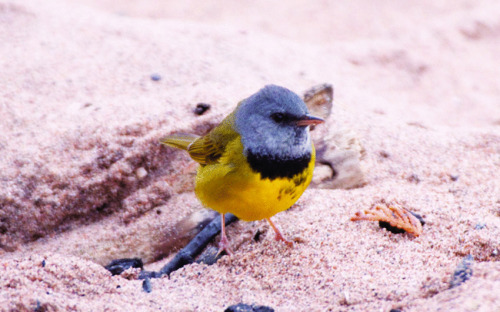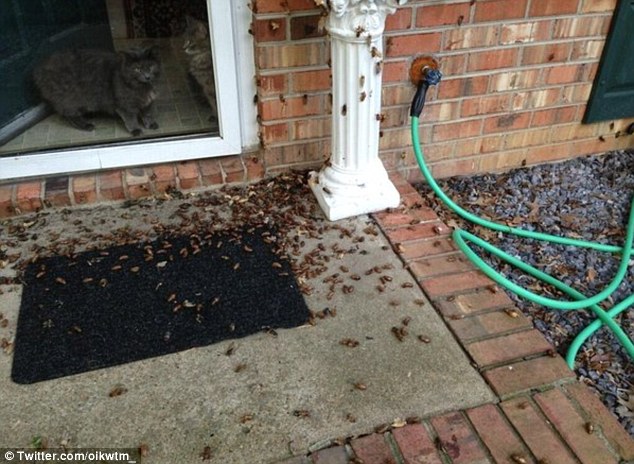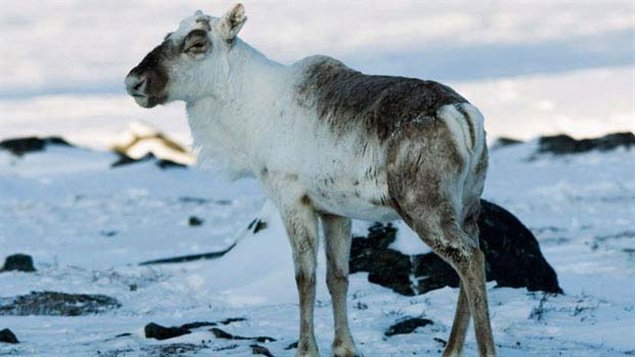Sandor Horvath, 65, was attacked by donkeys in Hungary
Bitten and trampled on so much looked like he had been attacked by wolves
Postmortem revealed the bites and markings had come from the donkeys
Pair responsible for killing him are now waiting to be put down

Killed: Sandor Horvath, 65, was chased and pulled off the scooter at a farm in Magyarszecsod
Killed: Sandor Horvath, 65, was chased and pulled off the scooter at a farm in Magyarszecsod
A Hungarian pensioner was dragged off his mobility scooter and mauled to death by a pair of killer donkeys.
Sandor Horvath, 65, was bitten and trampled on so much that when his body was found it was believed had been torn apart by wolves.
Mr Horvath, was chased and pulled off the scooter at a farm in Magyarszecsod where he was visiting his farmer friend.
His mutilated remains were found by the farm owner who called the police, believing his friend had been attacked by wild dogs.
But a postmortem revealed the bites and markings had come from the donkeys.
Police who pieced together the evidence said it appeared that the donkeys had chased the man and dragged him off the scooter before killing him.
The farmer's daughter Csikos Darda said: 'I had noticed that the donkeys were becoming increasingly aggressive and I'd asked my father to do something about it, but he'd said they were fine.'
A vet told local media:
'Donkeys aren't usually aggressive towards humans.'They probably reacted like this as they thought the victim was intruding upon their territory.'
The pair are now waiting to be put down.
A police spokesman said: 'If these were dogs then they would also be put to sleep.
'We can't allow animals to go around killing people. Putting them to sleep is the best thing for everyone.'

Culprits: Police who pieced together the evidence said it appeared that the donkeys had chased Mr Horvath and dragged him off the scooter before killing him. The pair responsible, pictured, are waiting to be put down



